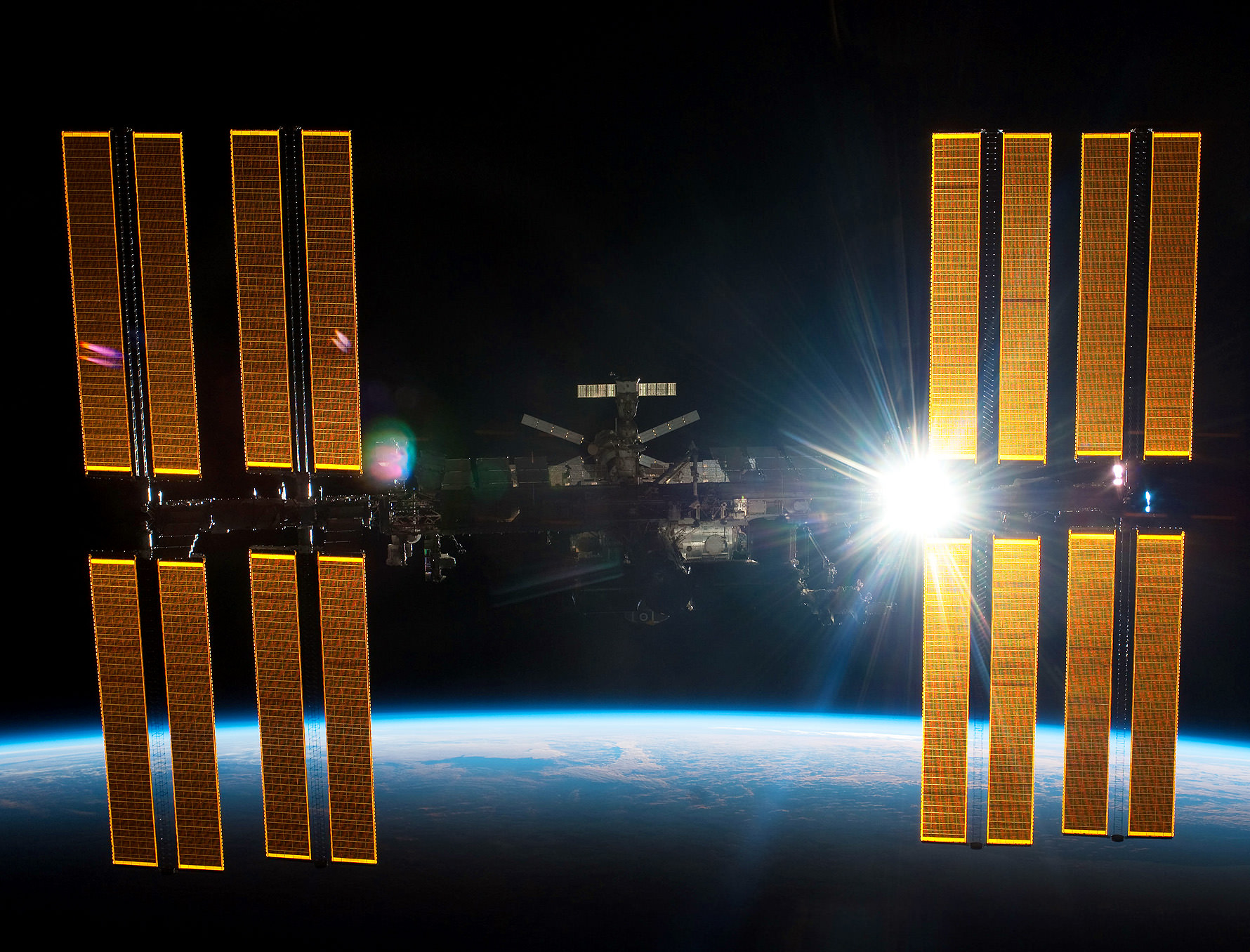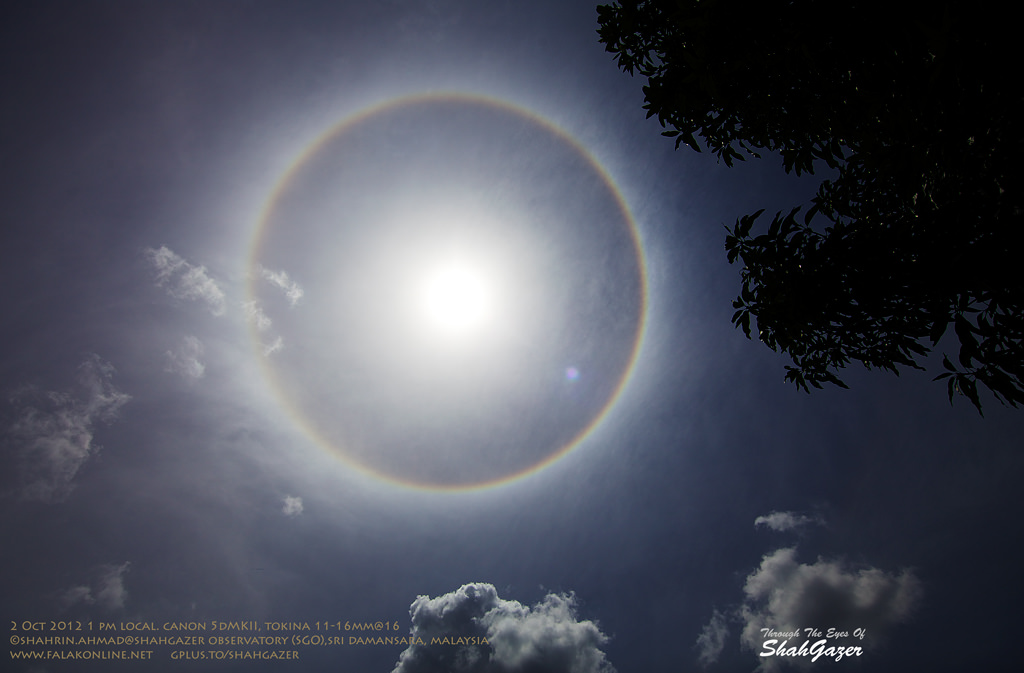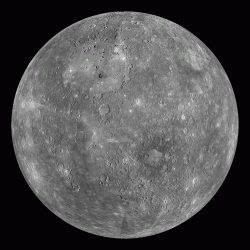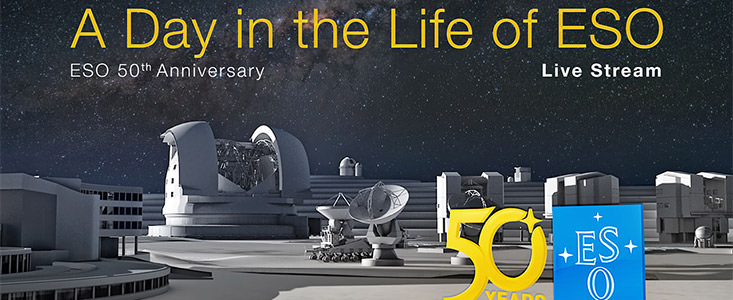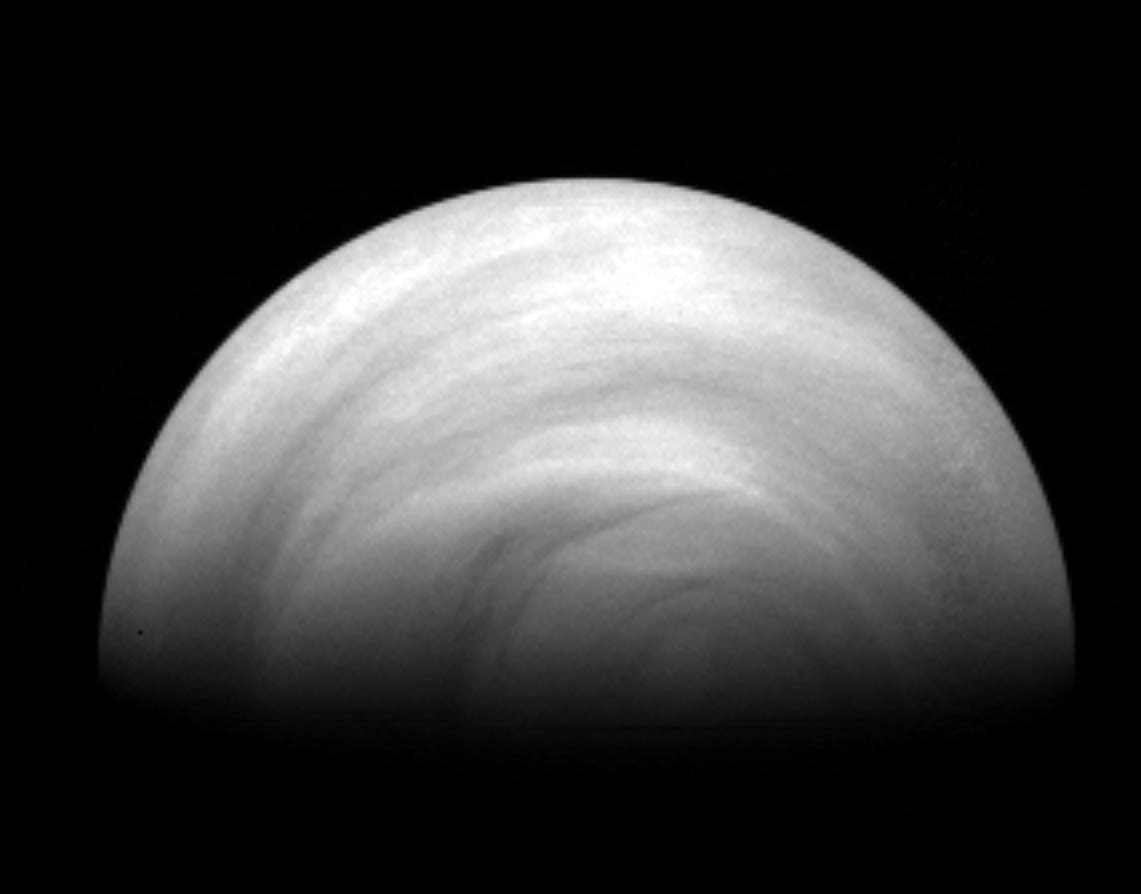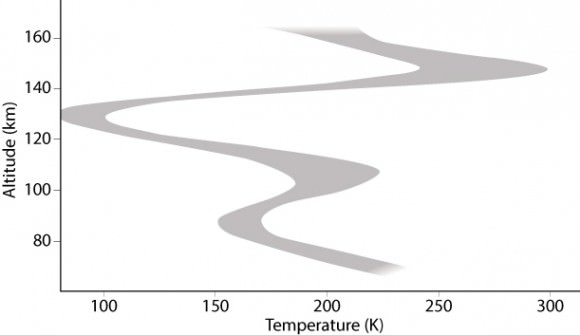Three of 36 antennas of the ASKAP array. Credit: Alexander Cherney
The Australian Square Kilometer Array Pathfinder (ASKAP) is now standing tall in the outback of Western Australia, and will officially be turned on and open for business on Friday, October 5, 2012 . This large array is made up of 36 identical antennas, each 12 meters in diameter, spread out over 4,000 square meters but working together as a single instrument. ASKAP is designed to survey the whole sky very quickly, and astronomers expect to do studies of the sky that could never have been done before.
Below is a beautiful timelapse of the the ASKAP array. The photographer who put the video together, Alexander Cherney says the footage seen here may be quite unique because after the telescope testing phase is completed, any electronic equipment including cameras may not be used near the telescope.
ASKAP provides a wide field-of-view with a large spectral bandwidth and fast survey speed with its phased-array feed or “radio camera,” rather than ‘single pixel feeds’ to detect and amplify radio waves. This new technology allows telescopes to scan the sky more quickly than with traditional methods covers 30 square degrees – a thousand times the size of the full Moon in the sky.
“This will make ASKAP a very powerful survey radio telescope, a 100 times more powerful than any previous survey telescope,” said Brian Boyle, director of the SKA for Australia’s national science agency, speaking to Universe Today in interview earlier this year.
It will provide excellent coverage in a southern hemisphere location, and the radio quiet site at the Murchison Radio Observatory will make it an unprecedented synoptic telescope, according to the ASKAP website, and scientists expect to make advances in understanding galaxy formation and the evolution of the Universe.
While ASKAP will provide advances on its own, later, the dishes will be combined with 60 additional dishes to form part of the world’s largest radio telescope, The Square Kilometer Array. Construction of the SKA is due to begin in 2016.
You can see what the ASKAP looks like anytime by going to their webcam, plus there will be a webcast of the opening ceremonies on Friday at 12 noon – 1pm Western Australian Standard Time, which is 04:00 GMT Friday October 5, 2012 in GMT (midnight US EDT).

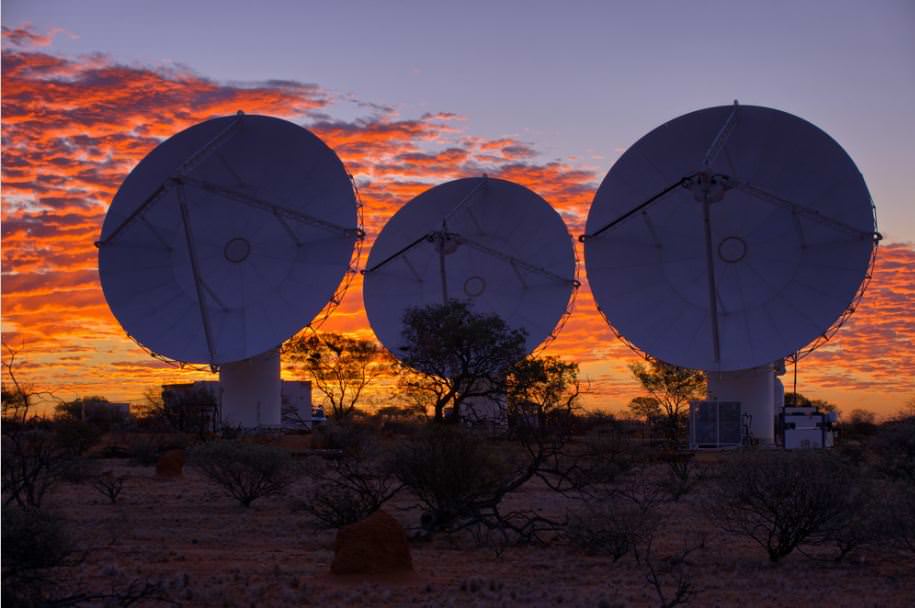
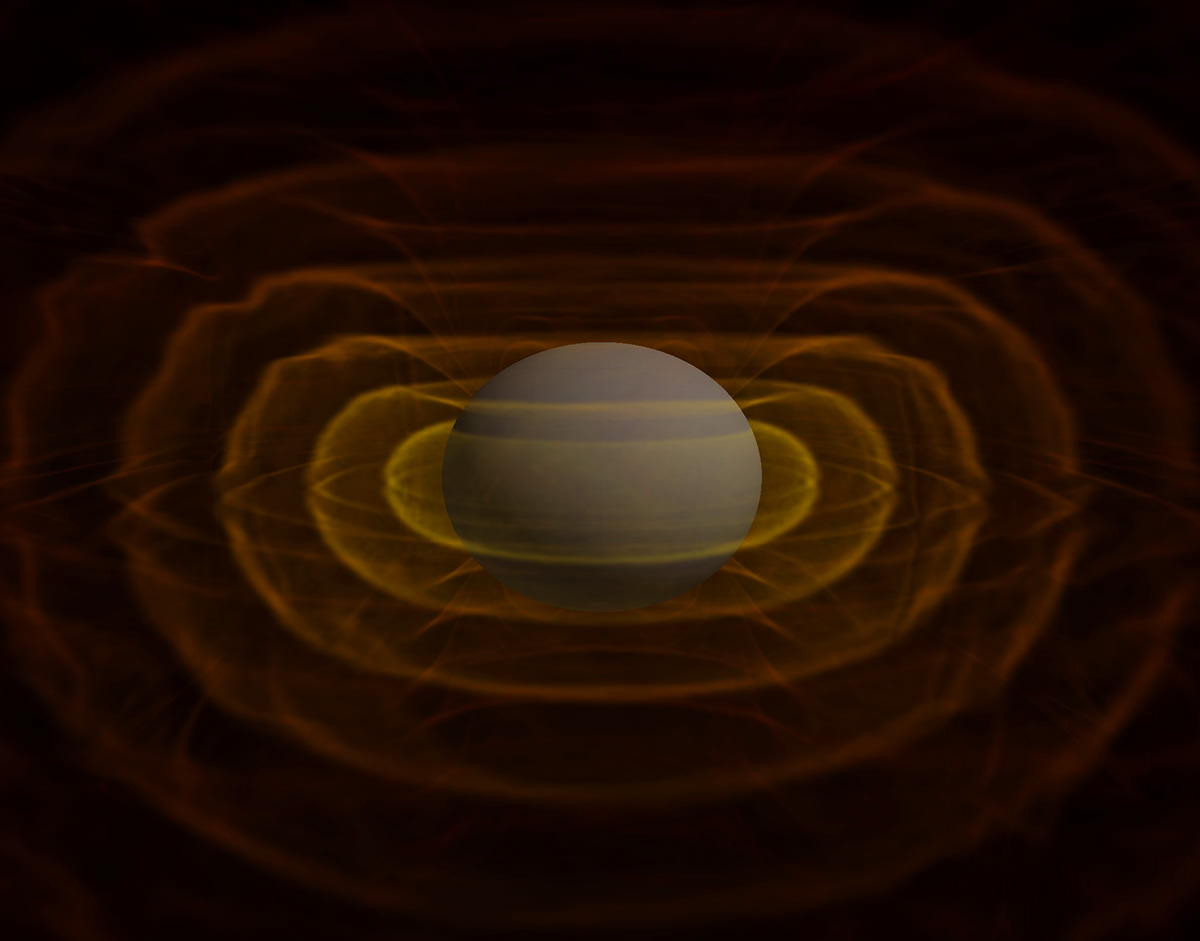
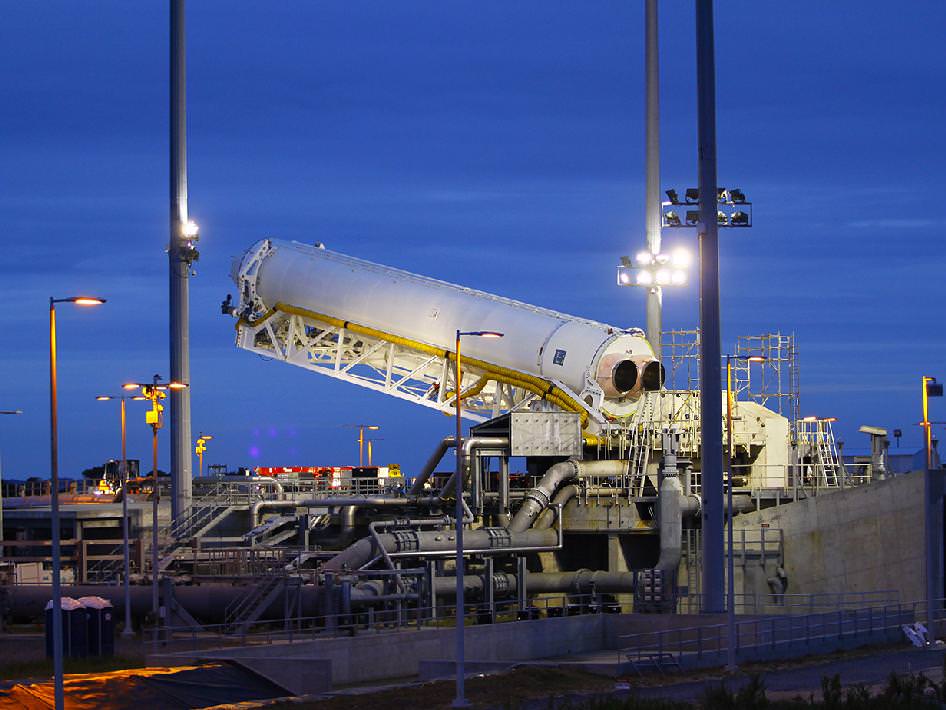
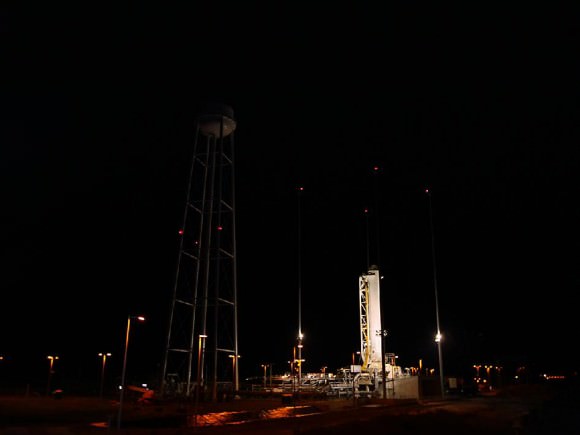
![A4IAv1HCQAEY5lM[1]](https://www.universetoday.com/wp-content/uploads/2012/10/A4IAv1HCQAEY5lM1-580x429.jpg)
